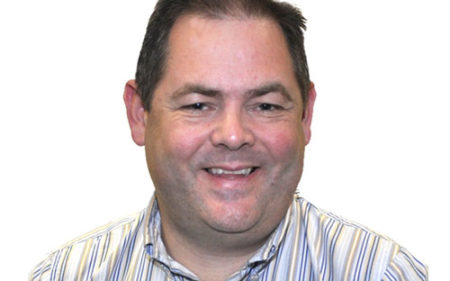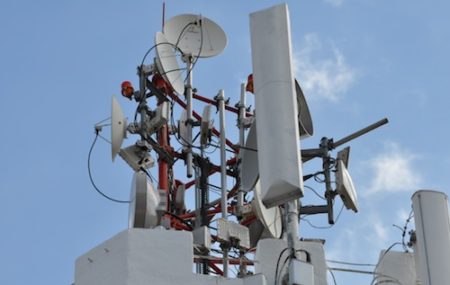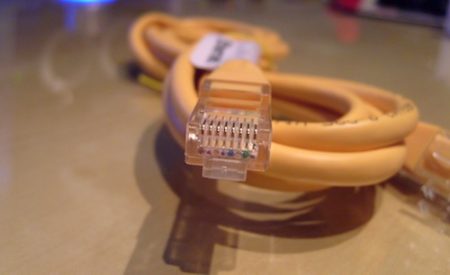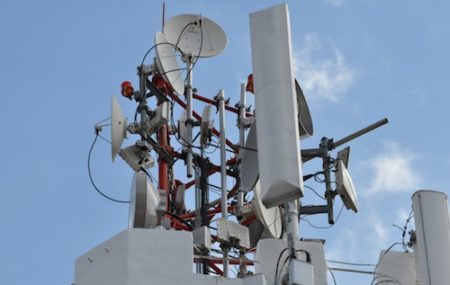Despite its precarious financial situation, South Africa’s fourth mobile operator, Telkom Mobile is in a “prime position” in wireless broadband compared to rivals Vodacom, MTN and Cell C thanks to a huge chunk of radio frequency spectrum it has access to that allows it to build a fast and reliable
Browsing: Tim Parle
Telkom may be planning to spin off its copper-based network assets into a special purpose vehicle (SPV), a speculative news report suggests, but it’s unclear why the company would agree to such a move. In an entry posted late on Thursday night, a consumer forum site said it had spoken to unnamed sources – the website didn’t
The recently published Electronic Communications Amendment Bill proposes the creation of a new Spectrum Management Agency responsible for all spectrum allocation in SA. Assignment of frequencies will be divided between the new agency and the sector regulator, the Independent Communications of Authority of SA
Telkom could win the race to be the first large telecommunications operator in SA to launch a commercial fourth-generation (4G) mobile network using long-term evolution (LTE) technology. TechCentral has established exclusively that Telkom has been working closely with Korea’s KT Corp on plans to build
After a series of false starts, humbly acknowledged, the Independent Communications Authority of SA (Icasa) yesterday came out with a new proposal to allocate the sought-after spectrum in the 2,6GHz band and, rather progressively, spectrum in the 800MHz band, too. Previous
The Independent Communications Authority of SA (Icasa) has finally moved to open up access to the “high demand” spectrum bands that can be used for next-generation mobile broadband services. The way it’s approaching it could help foster more
MWeb’s uncapped broadband products have hammered the margins of many local Internet service providers, says BMI-TechKnowledge director of research Brian Neilson. And some might not survive. Speaking at a BMI-T telecommunications briefing in Johannesburg on Tuesday morning, Neilson said the uncapped model, and the price war it sparked had turned broadband provision into a volumes game.
SA’s telecommunications industry regulator needs to rethink the way it divvies out the radio frequency spectrum that can be used to provide the next generation of wireless broadband services. The spectrum in question, particularly the 190MHz available in the 2,6GHz band, should be split into three separate parts — two bands catering to so-called frequency-division duplex technology (FDD) and a third band catering to time-division duplex (FDD) systems.









